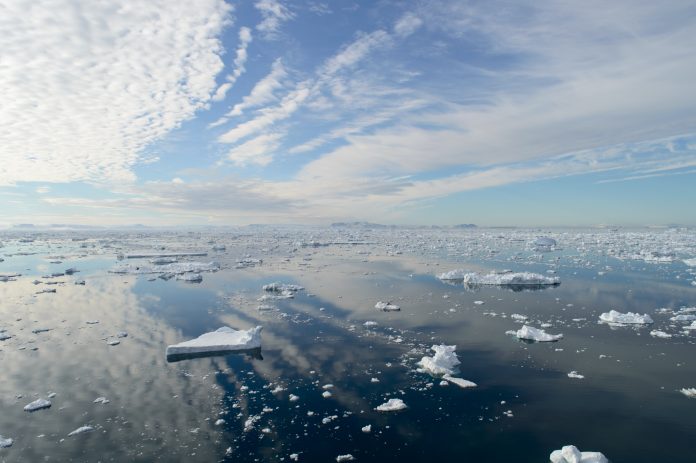The Antarctic ozone hole has been exceptionally large and persistent for the last four years, and chlorofluorocarbons (CFCs) may not be the main culprit, researchers from the University of Otago find
In a recently published study in Nature Communications, a team examined the variations in monthly and weekly ozone levels at various altitudes and latitudes within the Antarctic ozone hole from 2002 to 2022.
Ozone hole trends
Hannah Kessenich, the lead author and a PhD candidate in the Department of Physics, noted that they have observed a significant decrease in ozone levels at the core of the ozone hole compared to levels recorded 19 years ago.
“This means that the hole is not only larger in area, but also deeper throughout most of spring.
“We made connections between this drop in ozone and changes in the air that is arriving into the polar vortex above Antarctica. “This reveals the recent, large ozone holes may not be caused just by CFCs,” Kessenich says.
Impact and remaining challenges
Despite the implementation of the Montreal Protocol on Substances that Deplete the Ozone Layer since 1987, which governs the production and use of human-made chemicals responsible for ozone depletion, researchers believe that additional complex factors are playing a role in the persistence of the ozone hole.
“Most major communications about the ozone layer over the last few years have given the public the impression that the ‘ozone issue’ has been solved.”
Kessenich observes that although there has been a significant improvement regarding CFCs and ozone deduction due to the Montreal Protocol, the ozone hole has been one of the largest on record in the past three years and two of the five years before.
“Our analysis ended with data from 2022, but as of today, the 2023 ozone hole has already surpassed the size of the three years prior – late last month it was over 26 million km2, nearly twice the area of Antarctica.”
“The 2023 ozone hole has already surpassed the size of the three years prior.”
Ozone variability and Southern Hemisphere climate
According to Kessenich, comprehending ozone variability is crucial due to its significant impact on the climate of the Southern Hemisphere.
The Antarctic ozone hole is part of the recent wildfires and cyclones in Australia and New Zealand. While separate from the impact of greenhouse gases on climate, the ozone hole interacts with the delicate atmospheric balance. As the ozone typically absorbs UV light, a gap in the ozone layer results in exceptionally high UV levels on Antarctica’s surface. It drastically affects the distribution of heat into the atmosphere.
Downstream effects involve wind patterns and surface climate alterations in the Southern Hemisphere, with potential local impacts.











